At Hackaday, we are nothing without our community. We meet up at conferences, shows, and camps, but one of our favourite way to congregate is with the Unconference format. It’s an event where you can stand up and give an eight-minute talk about what is important to you, and what you are working on.
Thank you to the Cambridge Makespace for hosting our most recent a Mini Unconference. Let’s take a look at the excellent talks and demos that highlighted the day!
Live Demos That Actually Worked!
First up once we’d had the introduction was Marquis de Geek who brought us news of his Alexa skill for identifying resistor colour codes as well as logic ICs. You might expect this to be a simple task, but take a moment to consider how many ways you can describe a 100 kOhm resistor. He explained how much of a language problem there can be in creating an Alexa skill that does more than a simple task, before taking the brave step of attempting a live demo before the audience. His daring paid off, and the skill worked.
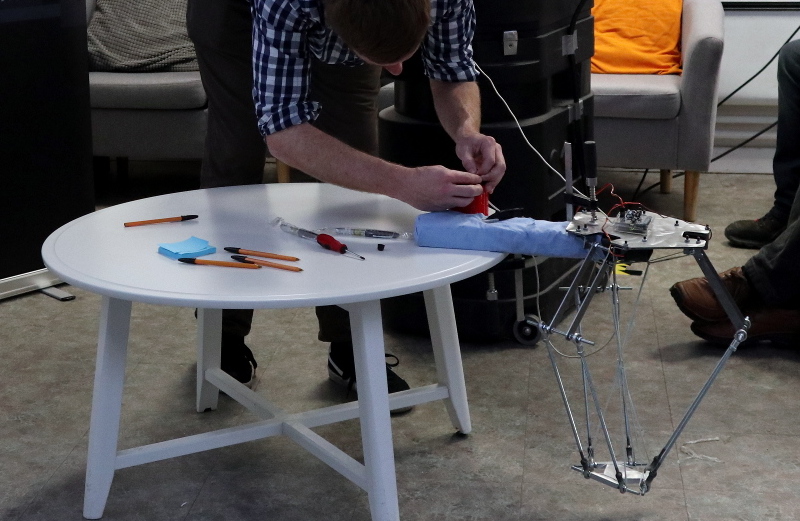
Successful demos were the order of the day. Xan O’Shea presented a delta robot he built that performed faultlessly for the masses. His approach was to use off-the-shelf parts, with model servos and rubber bands to help it return to shape. Control came from a Raspberry Pi running code developed in MATLAB, and for the purposes of portability in the demonstration he took his power from a 6V lantern battery.
Steve Harrison, showed off Makespace’s own climate controlled 3D printing filament containers. Steve is behind the tinamous.com IoT platform, which he used with a Particle Photon to monitor a humidity sensor and control a fan in a plastic crate containing the filament. It’s a constant struggle for a hackerspace to maintain their filament in optimum condition, it seems that’s one the folks at Makespace have cracked.

Marcel Van Kervinck is the originator of the Gigatron TTL RISC computer that we’ve featured here in the past, and he had brought a Gigatron along to tell us all about its genesis and some of its capabilities. We heard all about its philosophy of doing as much in software rather than hardware as possible before being treated to a speedy rundown of its workings, and then yet another flawless demo of a racing game. There was definitely no live demo jinx in the room for us!
FR4 Watch Faces, Boxes Of LEDs, And Dodgy Sensors
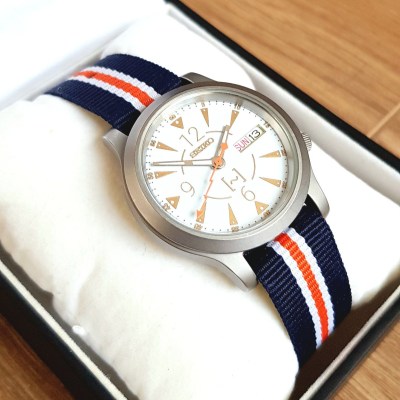
Spencer Owen gave us an entertaining run through the genesis of the story behind his RC2014 retrocomputer and how his $16 investment in his first PCB order for what was then a personal project turned into a business and a bench full of test gear. Then it was on to a speaker who goes by the alias Operaptor who gave us a fascinating talk on the use of FR4 as a medium beyond mere circuit boards. You may remember him as the person behind the Helpful Otter Shitty Addon adapter we showed you in our Hacker Hotel roundup, but the project he showed us here was a new face for a Seiko mechanical wristwatch. It’s not everyone who’d lever apart a $200 timepiece to slip in a home-made face, but he has done so with amazing results.
Next up was Robert Karpinski, with a potted history of his ever-evolving Sinclair C5 electric vehicle. It’s a build that has made its way onto these pages before, and he took us through a sorry tale of coping with the rather inadequate engineering of the original Sinclair build. It’s about as Cambridge as it gets to ride a C5 (presumably while typing on a Science of Cambridge Z88 portable computer), but it’s certainly not a project for the faint-hearted.
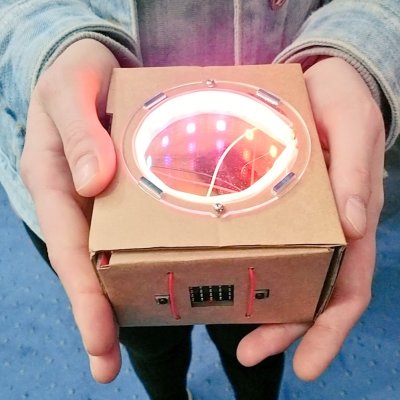
Katy Marshall is a Makespace member and full-time digital maker, part of whose job over the last years has involved working with schoolchildren in West Norfolk, and getting the coding with the aid of a Micro:Bit-powered light box project. It’s a very cool thing for a youngster, with rows of addressable LEDs mounted in a circular well in a small cardboard box that they can code for all sorts of impressive lighting effects. Her talk covered in detail the process of making 300 of these devices, which might sound straightforward but in fact turned out to be a significant logistical and manufacturing challenge even with the advantage of Makespace’s impressive facilities.
Sometimes cheap components from overseas can seem too good to be true, and this was certainly the case for the range sensors that Alun Morris brought along. He had both ultrasonic and laser devices, and in an entertaining demonstration showed us exactly how useless each of them could be with a selection of wildly varying readings of the same distance. His conclusion was that the cheap devices are almost certainly manufacturing seconds that had found their way onto the grey market, but if there’s a takeaway it must be that we can’t always trust what we buy.
We finished the day with pizza and lengthy discussion of all things tech before we went upon our ways. Cambridge’s fine and ancient pubs beckoned, and since it was a rainy evening it made sense to take advantage of their hospitality.
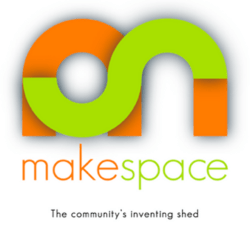
Before we leave you it’s worth sharing a word about our location. Cambridge is a city that hosts one of the ancient British universities, and over the last century it has established itself as a leader in tech innovation akin to the USA’s Silicon Valley. Its export that you’ll probably be most familiar with is the ARM processor which sits in most of the electronics you own, but that is but one of a host of technologies from its environs that shape our world. As you might imagine then, a city with that track record in tech must have an awesome hackerspace, and in that our hosts Cambridge Makespace certainly do not disappoint.
Even though I’m a member of my two local spaces that have both done cool stuff of their own I get space envy at most hackerspaces I visit, but Makespace takes it to a new level. As well as the classroom in which the Unconference was held they have a pair of large workshops containing machine tools and the usual electronics, laser cutters, and 3D printers, and as a textilist I was pleased to see they also have a well-appointed textile area. I don’t live in Cambridge so I am not a member, but you can be sure that if I did, I would be.
Our mini Unconference in Cambridge was a huge success. We’ll certainly be looking at future events along the same lines, so keep your eye on Hackaday!

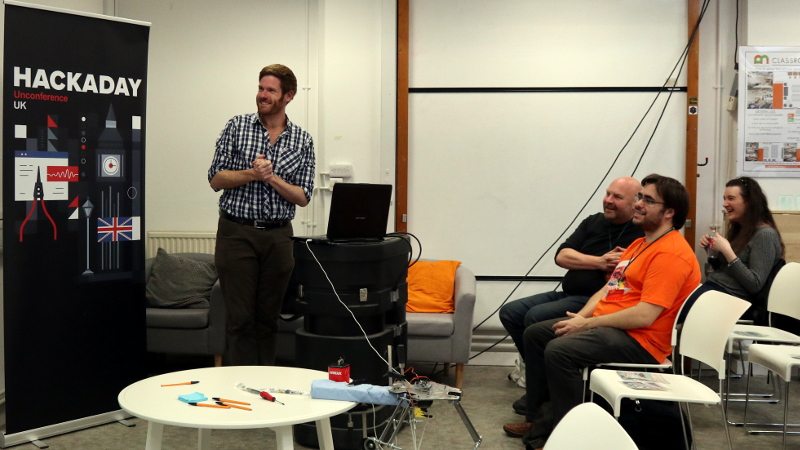













Thanks for the memories, I had a blast at the mini-unconference. The slides I presented for the Gigatron talk are on the HaD.io project page. Direct PDF link: https://cdn.hackaday.io/files/20781889094304/2019-HaD-Cambridge-GigatronTTL.pdf
I thought the talks were great, especially the Gigatron.
I don’t recall stating that I thought the range sensors I bought were seconds, just that they were limited by their extremely low cost but each type is useful providing you know the limitations and inaccuracies which are far greater than you might think (in the laser case) and highly environment dependent.
That’s not to say people haven’t had some faulty modules via ebay!
My apologies, I have it in my handwritten notes. Did it come up in the Q&A?
I probably talked about magnetometer modules that had a high fault rate.
Ahhhhh yes, the annoying British snottiness whereupon they must omit any mention of the state or country in which “Cambridge” is, because *obviously* they mean the UK one, despite there being two cities named “Cambridge” for NEARLY FOUR HUNDRED YEARS.
I’m not British and I edited this one. Sorry that the country didn’t make it in there… it’s an easy oversight and not a snub to the other Cambridge you’re bringing up.
Yes it has been a whole 400 hundred years since a settlement took on the name of a more well known place. Cambridge university has been there for 800 hundred years and the settlement itself since the first century.
Ahh, yes, the classic American ‘jumping to conclusions’
We don’t use the county when describing our places in our day to day language, for the very simple reason that there really isn’t a need to, the UK is small enough to not run into this issue (places named Sutton, excluded)
At first, I totally blew off this blog post, because I misread “Unicorn” instead of “Uncon” in the title.
I’m glad I came back!
Maybe it was because of the JIMU Unicorn robot kit I saw at Sam’s Club, seems so distasteful.
https://ubtrobot.com/products/mythical-series-unicornbot-kit